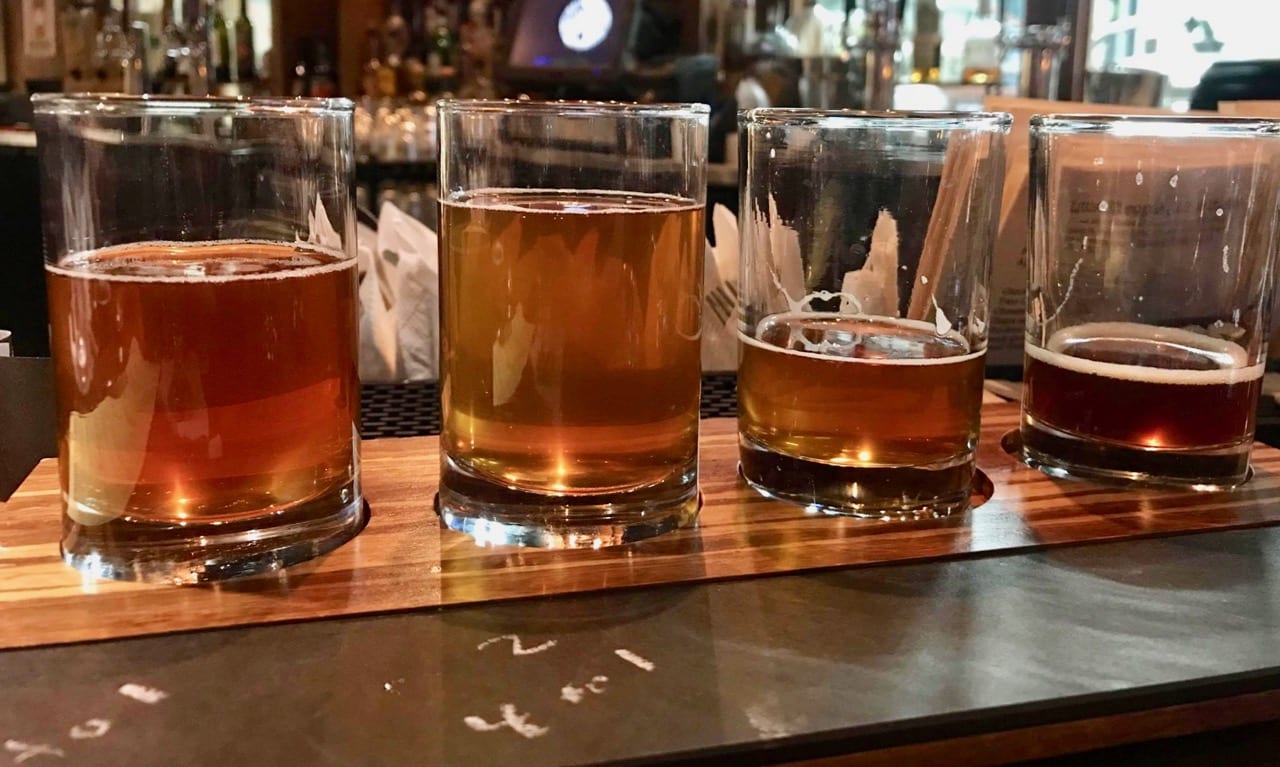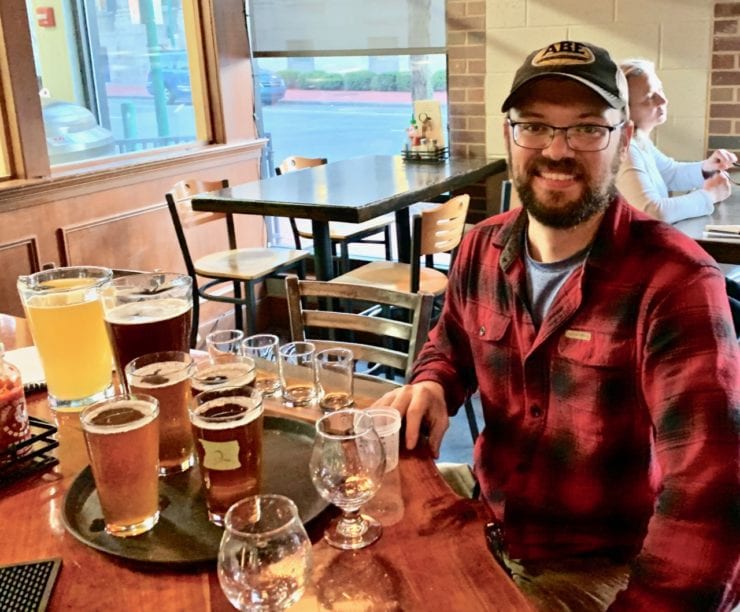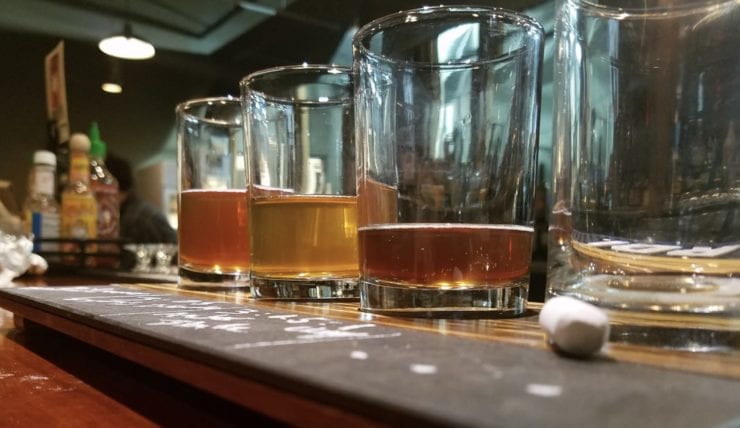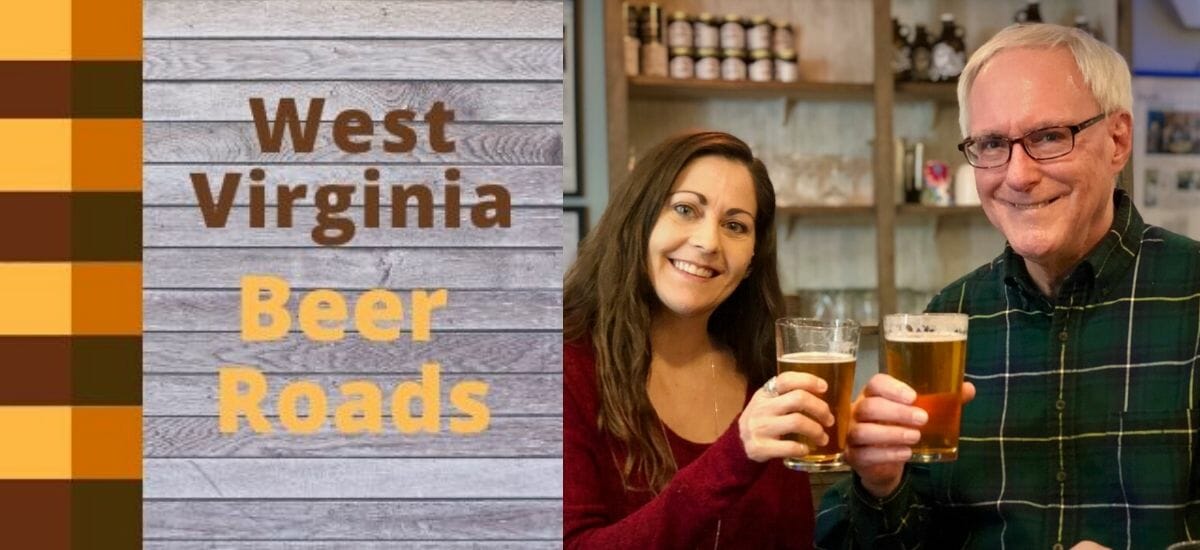
Bad Shepherd beer blending takes practice
February 18, 2019
We caught up with Bad Shepherd Beer Company brewer Ross Williams recently as he was conducting a beer blending exercise at the Charleston brewery.

Bad Shepherd has jumped into barrel aging in a big way. Seems every time I look in their back room, I see more barrels stacked up. Their inventory of barrel-aged beer has grown by leaps and bounds.
When releasing a big, bourbon barrel aged stout, you can often just fill a keg straight from the barrel. However, when getting a wild or sour ale ready for kegging, it is more common to blend a few base beers together. Blending is an art all unto itself.
At his latest blending exercise, Ross included a few other palates of folks who were all well-experienced in wild and sour ales. The tasting panel tried blends containing different ratios of base brews. Ross was not necessarily looking for a consensus, but wanted to obtain comments and reactions to some varying options.
On the table were two primary sour ales — one a blonde and the other an amber/brown mix — that had both spent two years in oak wine barrels. Both were nice and roundly sour with a good bit of flavor traits from spending a long time in wood. The blonde was noticeably more astringent from the tannins it picked up, while the amber was less so. Along side the sours were two fresh ales: a light Belgian golden ale and a bright cherry-flavored ale. Ross wanted to see which combinations would produce a beer that was better than any of its constituent parts individually. Straight out of the barrel, both of the sours were a bit too austere to likely be popular in a downtown Charleston or Huntington bar.

After numerous trials, a couple of blends stood out. First was a 4 to 1 blend of the sour blonde with the fresh blonde. The addition of the fresh beer slightly lightened the sourness and astringency to more pleasant levels, making the beer, in most tasters eyes, more attractive. The second winner was a 3 to 1 blend of the sour amber with the cherry-flavored ale. The amber really took well to a kiss of cherry-ness. It wasn’t enough cherry to make you call it a cherry beer, but the cherry ale added the extra fruitiness needed to better balance the acidity. You could see both these blends being popular with brewery patrons.
Another tasty blend paired 6 parts Amber/Brown sour with one part Belgian-style Quadruple. The quad gave the sour a bit of enrichment and lusciousness that rounded out its rougher corners.

Souring beer in a wooden barrels can be a hit or miss proposition. There are many variables and a brewer never knows exactly what you’ll get out of the barrel. The beer can range from absolutely beautiful to unsellable. Most sour beers straight out of the barrel fall somewhere in-between. It’s those in-between beers that benefit most from blending. With all his maturing stock of barreled beers, Ross Williams is getting plenty of experience in blending these days. It certainly bodes well for the Bad Shepherd patron’s enjoyment.
To find more about beer blending check out this article from CraftBeer.com

